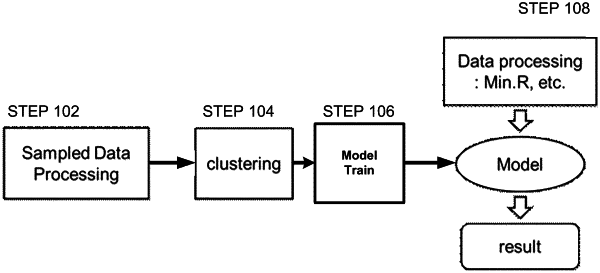| CPC G06F 30/36 (2020.01) [G06F 30/373 (2020.01); G06F 30/39 (2020.01); G05B 2219/45028 (2013.01); G06F 18/23213 (2023.01); G06F 2119/06 (2020.01); G06N 7/00 (2013.01); G06N 20/00 (2019.01); G06N 20/10 (2019.01)] | 20 Claims |

|
1. A method for estimating/predicting effective resistance between points within an integrated circuit design, the method comprising:
a) determining ratios of a minimum path resistance to an effective path resistance;
b) clustering the ratios into classes using kernel density estimation;
c) training a plurality of regression models for the resulting classes, wherein the regression models include a random forest regression model, a K-nearest neighbor regression model and a linear regression model; and
d) using the random forest regression model, the K-nearest neighbor regression model, and the linear regression model to select which of the random forest regression model, the K-nearest neighbor regression model, and the linear regression model is best with regard to accuracy and recall scores.
|